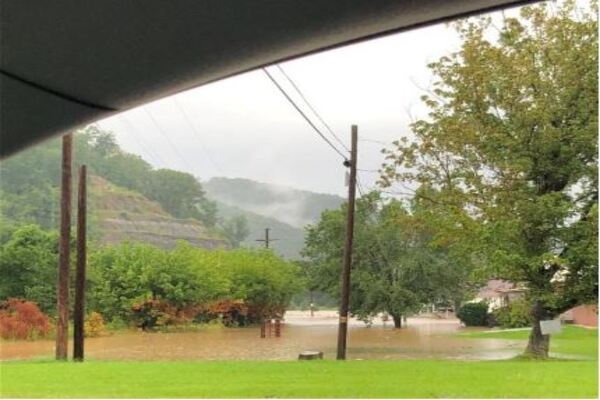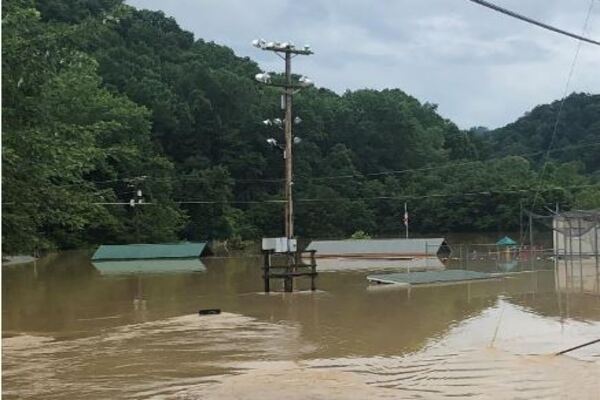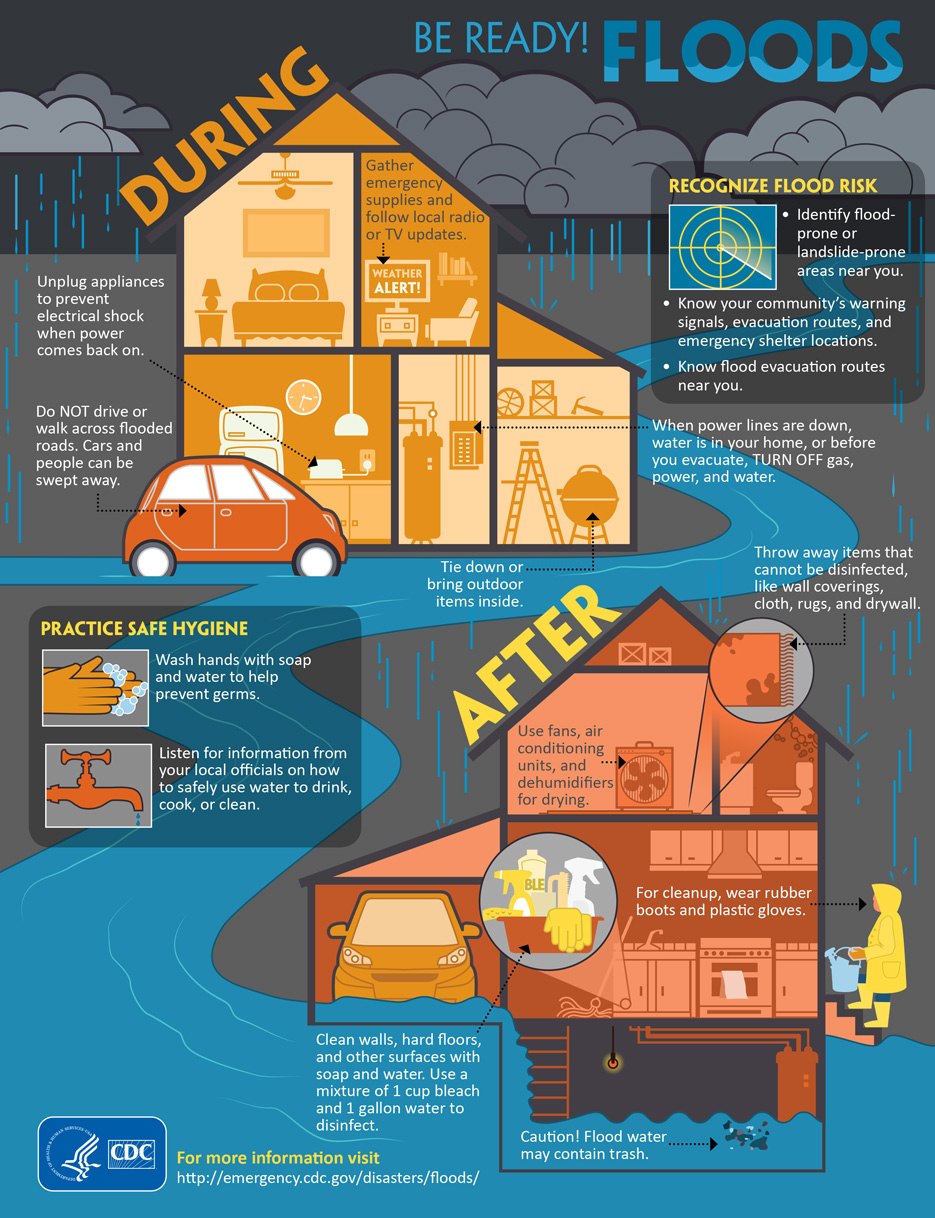On July 27, a torrential downpour and the resulting 1000-year flood, left eastern Kentucky mourning the loss of at least 16 residents and many more unaccounted for. The record-breaking rain left many people waiting for help on their rooftops. Local search and rescue teams as well as many local Good Samaritans jumped into action to assist their neighbors and families. President Biden declared a major disaster for Kentucky on Friday, July 30 in addition to the twelve counties and two major cities also declaring their own individual states of emergency.
As a third-year medical student in Pikeville, Kentucky―which neighbors the areas affected by the floods―I was unable to reach the clinic where I was assigned to perform my rotations. Roads were unpassable due to the water and debris from the landslides; classmates from neighboring towns reported that their apartments and automobiles were completely flooded leaving them stranded waiting for help. The volunteer search and rescue team I am a member of, Wolfe County SAR, assisted 80 people out of the flood areas during a 17-hour operation. My medical school’s organizations, local businesses, churches, and city officials are currently coming together to assemble supplies and volunteers to aid those affected by the floods.

View of road leading to the clinic.

Local town effected by floods.
For those of us who live in an area prone to flooding it is important to be able to recognize signs of danger and understand how to prepare for these occurrences.
Here are a few important guidelines to help prepare for the upcoming flood season:
- Know the location of your local town emergency shelters and know local authority’s phone numbers.
- Assign a family member or friend as an out-of-state emergency contact in case your family is separated.
- Prepare your home:
- Be prepared to shut off electricity, gas, and water
- Install sump pumps with a back-up power supply
- Install backflow valves to drains, toilets, etc., to stop floodwaters from flowing into the home
- Prepare an emergency kit:
- Flares: important for signaling for help, especially if your home is isolated from others (a common occurrence in Appalachia)
- Flashlights with extra batteries
- ontour and terrain maps that show areas that are higher in elevation
- Tools including a saw or axe to clear debris that may block exit routes during a heavy rainstorm
- Cold packs: flood season is usually Spring and Summer when temperatures can reach 80° to 90° degrees F with high humidity in some regions
- Waterproof clothing, rubber boots, and heavy-duty gloves to protect yourself from flood water which can contain contaminants, sharp objects, electric wires, and other hazards
- Insect repellant, pants, and long-sleeved shirts to combat potential mosquitos accumulating in stagnant water
- Prepare an emergency water supply: one gallon per person (and pet) per day for three days and non-perishable food.

Flood Preparedness Source: CDC
How to prepare during an active flood warning:
- Have an evacuation plan, including routes and alternatives
- Fill up the fuel in your vehicle ahead of time
- Have important documents prepared and ready to go in case of evacuation (IDs, Passport, insurance, etc.)
- Check the news and radio for updates and pay attention to phone alerts
- Prepare to turn off the electricity, water, and gas in your home
- If internet is available, check for road closures
- Have a separate power source to charge phones and other communication devices
- If caught in a flash flood, proceed to higher ground when safe to do so
- Avoid touching or entering flood water, as it is unpredictable and may contain active live wires from downed powerlines, mobile objects large enough to cause crush injuries, etc.
- Do not attempt to cross or drive through flooded roads
- Practice safe hygiene. Wash hands with soap and fresh water
After a flash flood:
- Throw anything away that cannot be disinfected including drywall, rugs, couches, etc.
- Clean walls and hard surfaces with cleaner containing bleach
- Wear rubber gloves and boots while cleaning
- Make sure any food or water in the home has not been contaminated by flood water before consuming
Ways to donate to this cause: